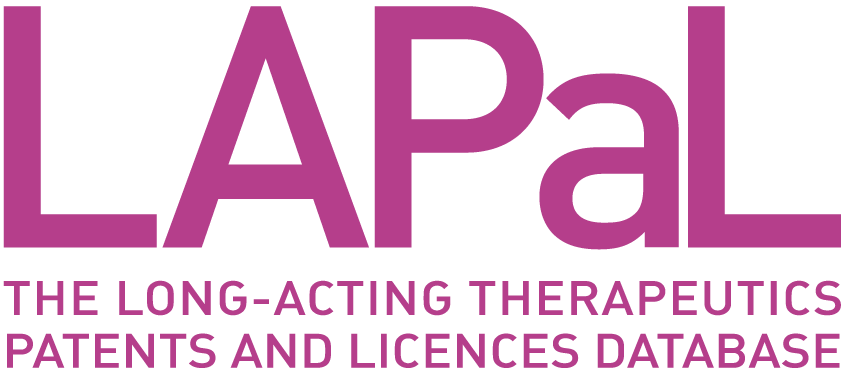
|
Developed by 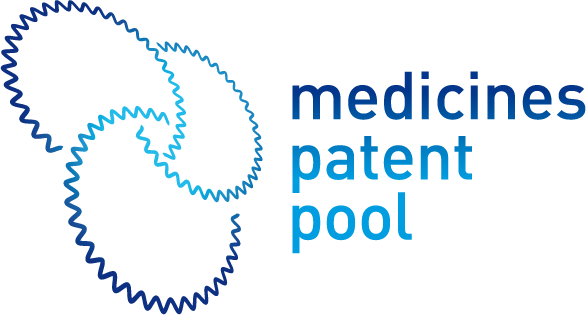

|
Supported by 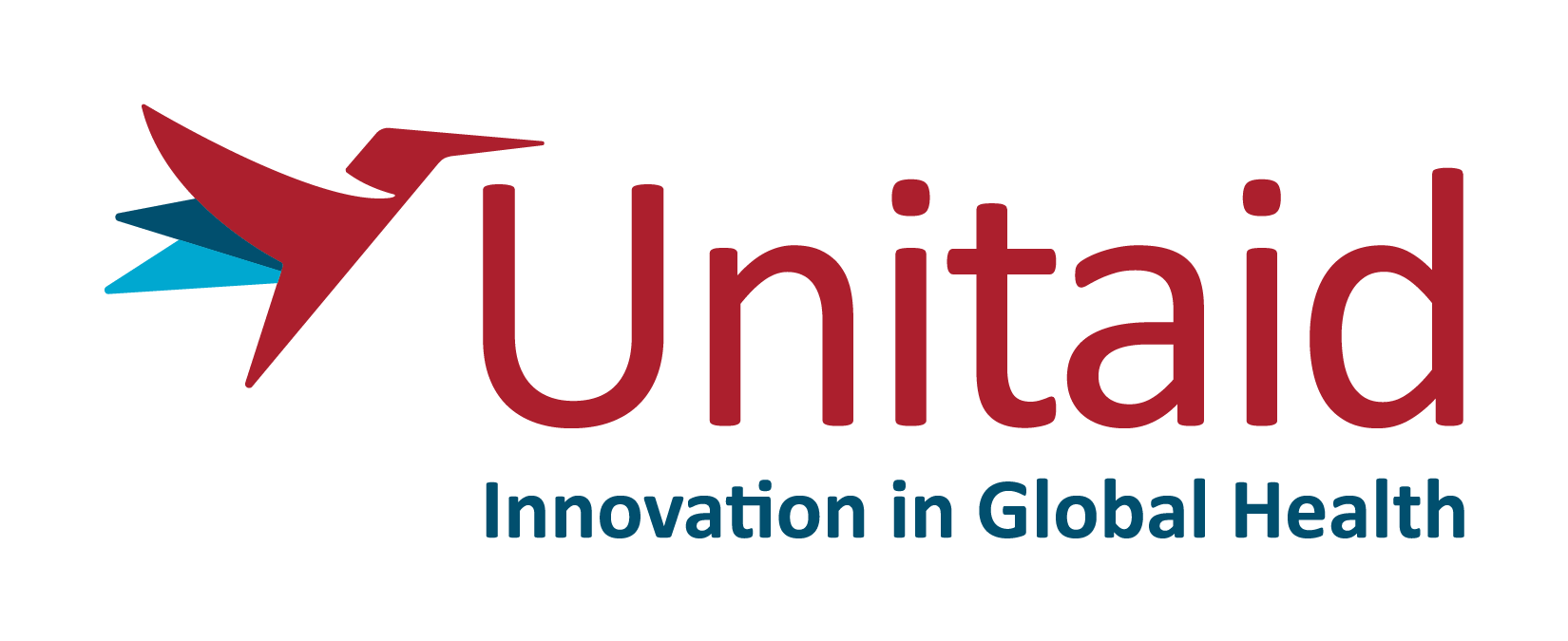
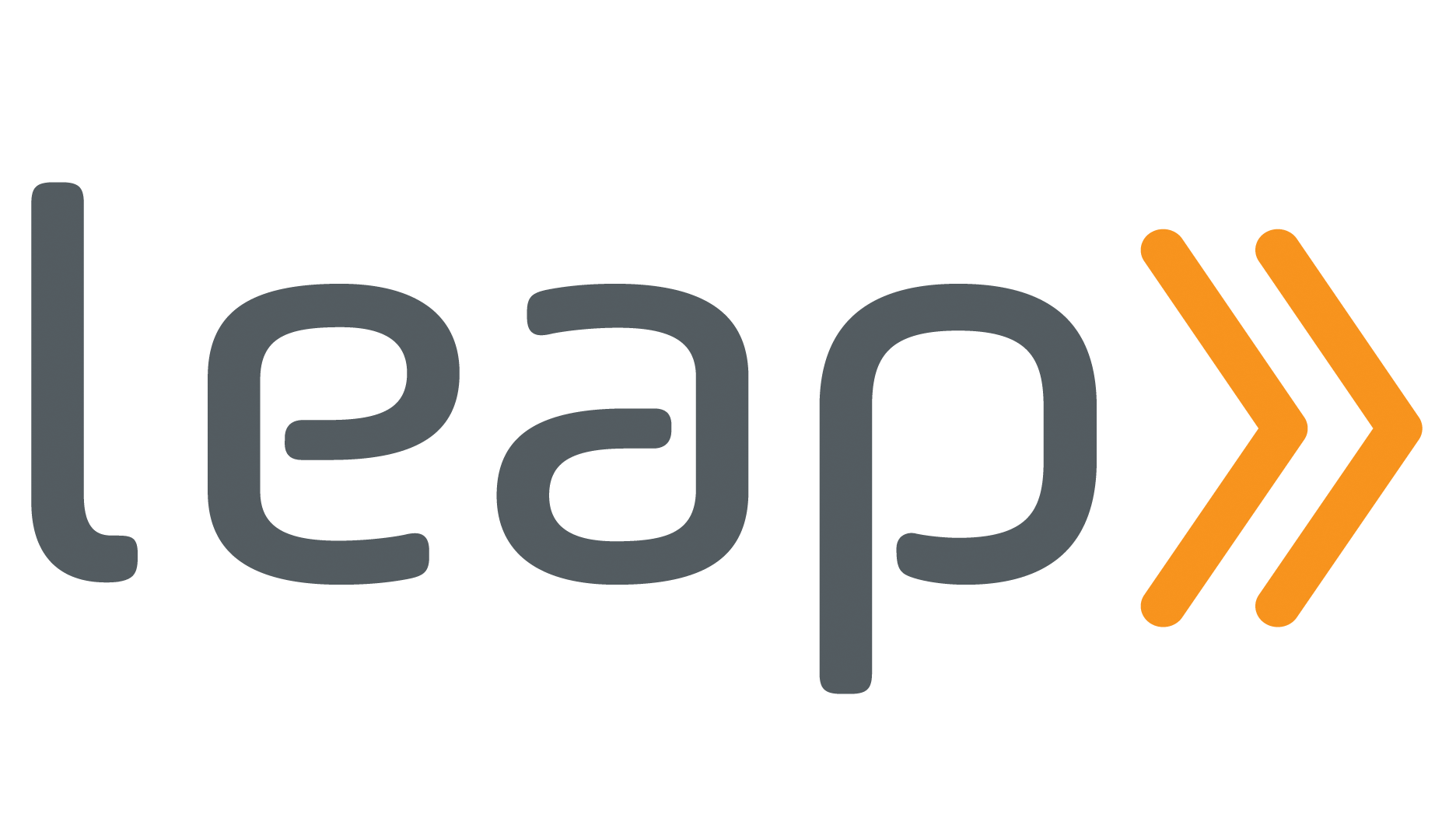
|

GS-4182
Developer(s)
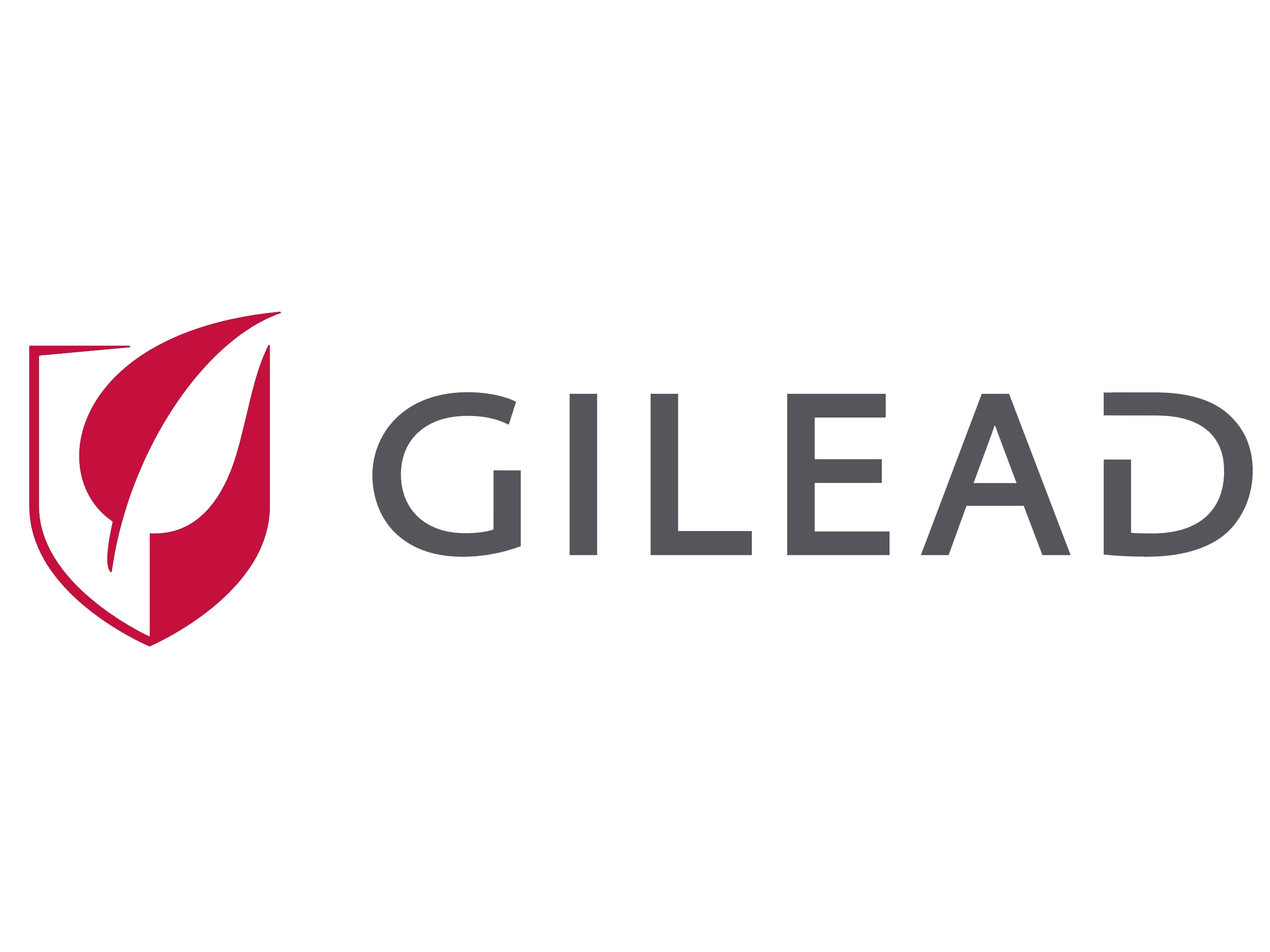
|
Drug structure

not disclosed yet
Drug information
Associated long-acting platforms
Oral solid form
Administration route
Oral
Therapeutic area(s)
Use case(s)
Use of drug
Ease of administration
User acceptance
Not provided
Dosage
Available dose and strength
300mg is the investigated dose
Frequency of administration
once a week oral dosing with GS-1720 is the investigated schedule
Maximum dose
600mg is the investigated loading dose (2 tablets)
Recommended dosing regimen
In the phase 2/3 study (NCT06613685), participants will receive a 1-day loading dose of GS-1720 (1300 mg) and GS-4182 (600 mg) on Day 1.Thereafter, participants will take weekly doses of single agent GS-1720 (650 mg) and GS-4182 (300 mg) co-administered for at least 48 weeks.
Additional comments
Not provided
Dosage link(s)
Not provided
Drug information
Drug's link(s)
Not provided
Generic name
Brand name
Compound type
Summary
Approval status
Regulatory authorities
Delivery device(s)
Not provided
Scale-up and manufacturing prospects
Scale-up prospects
Detailed manufacturing information is not currently available for this compound.
Tentative equipment list for manufacturing
Detailed manufacturing information is not currently available for this compound.
Manufacturing
Detailed manufacturing information is not currently available for this compound.
Specific analytical instrument required for characterization of formulation
Detailed manufacturing information is not currently available for this compound.
Clinical trials
WONDERS2
Identifier
NCT06613685
Link
https://clinicaltrials.gov/study/NCT06613685
Phase
Phase II/III
Status
Recruiting
Sponsor
Gilead Sciences
More details
The goal of this clinical study is to learn more about the experimental drugs GS-1720 (an oral, long-acting integrase strand transfer inhibitor (INSTI)) and GS-4182 (a prodrug of Lenacapavir (LEN)); to compare the combination of GS-1720 and GS-4182 with the current standard-of-care treatment bictegravir/emtricitabine/tenofovir alafenamide (B/F/TAF) (Biktarvy), to see if the combination of GS-1720 and GS-4182 is safe and if it works for treating human immunodeficiency virus type 1 (HIV-1) infection in treatment-naive people with HIV-1 (PWH). This study has two phases: Phase 2 and Phase 3. The primary objectives of this study are: Phase 2: To evaluate the efficacy of oral weekly GS-1720 coadministered with GS-4182 versus continuing Biktarvy (BVY) in treatment-naive PWH at Week 24. Phase
Purpose
Study of Oral Weekly GS-1720 and GS-4182 Compared With Biktarvy in People With HIV-1 Who Have Not Been Treated
Interventions
Intervention 1
Intervention 2
Intervention 3
Intervention 4
Intervention 5
Countries
Sites / Institutions
Not provided
Trials dates
Anticipated Start Date
Not provided
Actual Start Date
2024-10-21
Anticipated Date of Last Follow-up
2025-04-11
Estimated Primary Completion Date
2029-01-01
Estimated Completion Date
2030-08-01
Actual Primary Completion Date
Not provided
Actual Completion Date
Not provided
Studied populations
Age Cohort
- Adults
- Older Adults
Genders
- All
Accepts pregnant individuals
Unspecified
Accepts lactating individuals
Unspecified
Accepts healthy individuals
No
Comments about the studied populations
Key Inclusion Criteria: * HIV-1 RNA ≥ 500 copies/mL at screening. * Antiretroviral (ARV) treatment-naive, except the use of oral pre-exposure prophylaxis (PrEP) or postexposure prophylaxis (PEP) with emtricitabine/tenofovir disoproxil fumarate (FTC/TDF) or F/TAF, up to 1 month prior to screening. Key Exclusion Criteria: * Prior use of any long acting parenteral antiretrovirals (ARVs) such as monoclonal antibodies, broadly neutralizing antibodies targeting HIV-1, LEN, injectable cabotegravir (including oral cabotegravir lead-in), and/or injectable rilpivirine. * Documented resistance to the integrase strand-transfer inhibitor class, specifically, resistance-associated mutations E92G/Q, G118R, F121Y, Y143C/H/R, S147G, Q148H/K/R, N155H/S, or R263K in the integrase gene. * Any of the follow
Health status
Not provided
Study type
Interventional (clinical trial)
Enrollment
675
Allocation
Randomized
Intervention model
Sequential assignment
Intervention model description
Not provided
Masking
Double-blind masking
Masking description
Not provided
Frequency of administration
Studied LA-formulation(s)
Studied route(s) of administration
Use case
Treatment
Key resources
WONDERS1
Identifier
NCT06544733
Link
https://clinicaltrials.gov/study/NCT06544733
Phase
Phase II/III
Status
Active, not recruiting
Sponsor
Gilead Sciences
More details
The goal of this clinical study is to learn more about the experimental drugs GS-1720 and GS-4182; to compare the combination of GS-1720 and GS-4182 with the current standard-of-care treatment bictegravir/emtricitabine/tenofovir alafenamide (B/F/TAF, BVY), to see if the combination of GS-1720 and GS-4182 is safe and if it works for treating human immunodeficiency virus type 1 (HIV-1) infection. This study has two phases: Phase 2 and Phase 3. The primary objectives of this study are: Phase 2: To evaluate the efficacy of switching to oral weekly GS-1720 in combination with GS-4182 versus continuing BVY in virologically suppressed people with HIV-1 (PWH) at Week 24. Phase 3: To evaluate the efficacy of switching to oral weekly GS-1720/GS-4182 Fixed-dose combination (FDC) tablet regimen ve
Purpose
Study of Oral Weekly GS-1720 and GS-4182 Versus Biktarvy in People With HIV-1 Who Are Virologically Suppressed
Interventions
Intervention 1
Intervention 2
Intervention 3
Intervention 4
Intervention 5
Countries
Sites / Institutions
Not provided
Trials dates
Anticipated Start Date
Not provided
Actual Start Date
2024-08-20
Anticipated Date of Last Follow-up
2024-12-26
Estimated Primary Completion Date
2028-01-01
Estimated Completion Date
2029-06-01
Actual Primary Completion Date
Not provided
Actual Completion Date
Not provided
Studied populations
Age Cohort
- Adults
- Older Adults
Genders
- All
Accepts pregnant individuals
Unspecified
Accepts lactating individuals
Unspecified
Accepts healthy individuals
No
Comments about the studied populations
Key Inclusion Criteria: * Documented plasma HIV-1 RNA \< 50 copies/mL for ≥ 24 weeks before and at screening. * Receiving BVY for ≥ 24 weeks prior to screening. Key Exclusion Criteria: * Prior use of, or exposure to LEN, GS-1720, or GS-4182. * History of virologic failure while on an integrase strand-transfer inhibitor (INSTI)-based regimen. * Documented integrase strand-transfer inhibitor (INSTI) resistance, specifically, resistance-associated mutations (RAMs) E92G/Q, G118R, F121Y, Y143C/H/R, S147G, Q148H/K/R, N155H/S, or R263K in the integrase gene. * Prior use of any long-acting (LA) parenteral antiretrovirals (ARV) such as monoclonal antibodies (mAbs) or broadly neutralizing antibodies (bNAbs) targeting HIV-1, injectable cabotegravir (including oral cabotegravir lead-in), or injecta
Health status
Not provided
Study type
Interventional (clinical trial)
Enrollment
675
Allocation
Randomized
Intervention model
Sequential assignment
Intervention model description
Not provided
Masking
Double-blind masking
Masking description
Not provided
Frequency of administration
Studied LA-formulation(s)
Studied route(s) of administration
Use case
Treatment
Key resources
Excipients
Proprietary excipients used
Not provided
Novel excipients or existing excipients at a concentration above Inactive Ingredients Database (IID) for the specified route of administration
Not provided
Residual solvents used
Not provided
Patent info
There are either no relevant patents or these were not yet submitted to LAPaL
Supporting material
Publications
There are no publication
Additional documents
No documents were uploaded
Useful links
There are no additional links
Access principles
|
|
Collaborate for developmentConsider on a case by case basis, collaborating on developing long acting products with potential significant public health impact, especially for low- and middle-income countries (LMICs), utilising the referred to long-acting technology Not provided |
|
|
Share technical information for match-making assessmentProvide necessary technical information to a potential partner, under confidentiality agreement, to enable preliminary assessment of whether specific medicines of public health importance in LMICs might be compatible with the referred to long-acting technology to achieve a public health benefit Not provided |
|
|
Work with MPP to expand access in LMICsIn the event that a product using the referred to long-acting technology is successfully developed, the technology IP holder(s) will work with the Medicines Patent Pool towards putting in place the most appropriate strategy for timely and affordable access in low and middle-income countries, including through licensing Not provided |
Comment & Information
Not provided